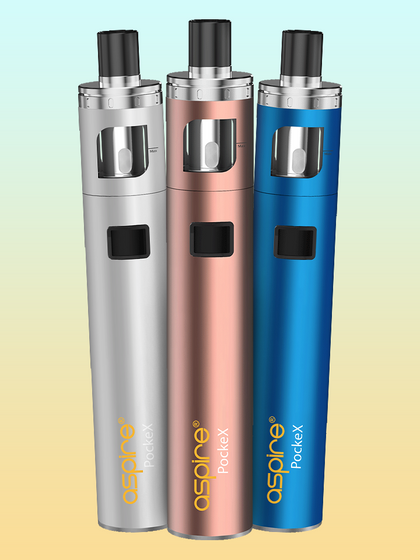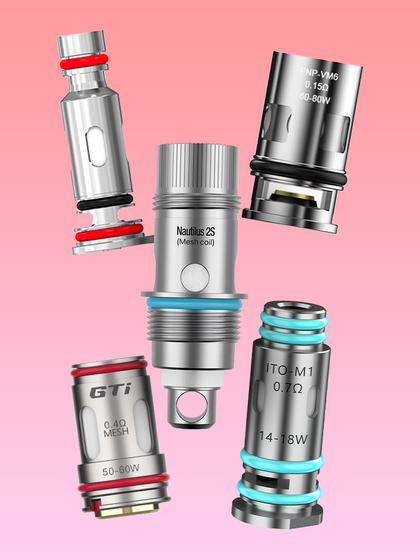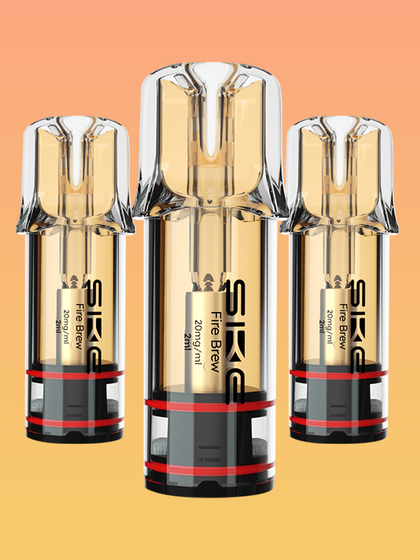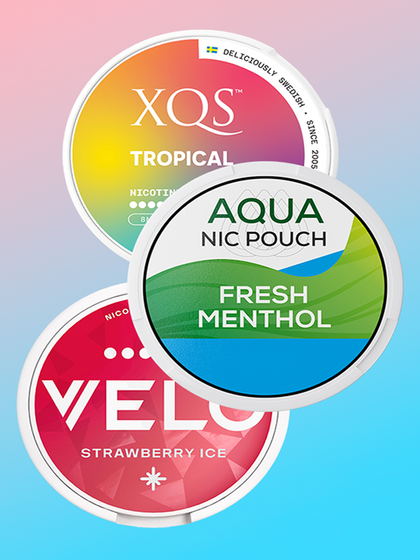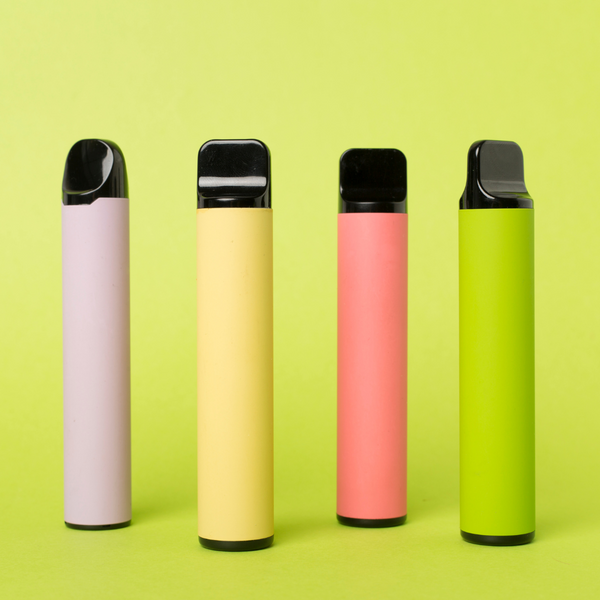Dry Puffs: How They Affect Vapers and Scientific Studies
Jun 12, 2023


What is dry puff?
A “dry puff” or “dry burn” is when you fire up a vape kit with too little eliquid in the tank to properly wick the cotton in your atomiser. When a coil burns dry, it emits unsafe toxins. Specifically, it emits high levels of aldehydes. For this reason, studies in which dry puffs are generated do not represent everyday ecigarette use.
How to avoid dry puffs
Avoiding dry puffs is simple – keep enough eliquid in your tank at all times to keep the cotton wicked. This is actually a very minimal amount of eliquid, but if you want to play it safe you should try not to run your tank lower than 25% full. Do not “clean” your coils by running a dry burn – this will burn out your coil before its usual expiry date and the burnt residue will give your vapes a burnt, unpleasant taste. You are not, in fact, cleaning your coils – you are wrecking them. Any vaper who has experienced a dry puff will do their best not to repeat the experience by keeping enough liquid in the tank.
Aldehydes, cigarette smoke, and toxicity
Aldehydes are present at high levels in cigarette smoke and constrict the airways as well as damaging cells which line the airway. When airway cells are damaged, white blood cells get into the lung, which decreases lung function. Dr K. Farsalinos conducted a study on dry puffs on e-cigarettes compared to regular puffs on e-cigarettes, and found that aldehydes were present in the same levels as cigarette smoke when dry puffs were used in laboratory testing. Vapes done the usual way with the proper amount of liquid in the tank-tested for 30-250 times less than the amount of aldehydes in cigarette smoke, very safe levels for everyday use.
Why do researchers use dry puffs in studies?
Most researchers are not vapers, and so don’t really know about dry puffs. However, Dr Farsalinos recently noted that researchers need to be aware of dry puffs in order to conduct proper e-cigarette research. Just as you wouldn’t measure the effects of lighting a cigarette filter by accident and call it smoking a cigarette, you can’t measure dry puffs as a realistic use of an e-cigarette.
Dr Farsalinos commented that some studies seemed to be done to generate negative results, and some researchers are aware of the effects of dry puffs and will use them to get the desired results. He will be publishing a guide to conducting proper e-cigarette research in 2017 to help standardise e-cigarette research and ensure all researchers are aware of issues which can affect outcomes.
Not everyone is going to see a study claiming e-cigarettes are toxic, find the study and examine the methodology to ensure dry puffs weren’t being used. The general public will see the negative headline, and correlate it with e-cigarette use. Hopefully, Dr Farsalinos’ new guide will help to combat the use of dry puffs in studies and keep headlines about vaping a bit tamer in 2017.
Image Credit: Gerard Angeles

